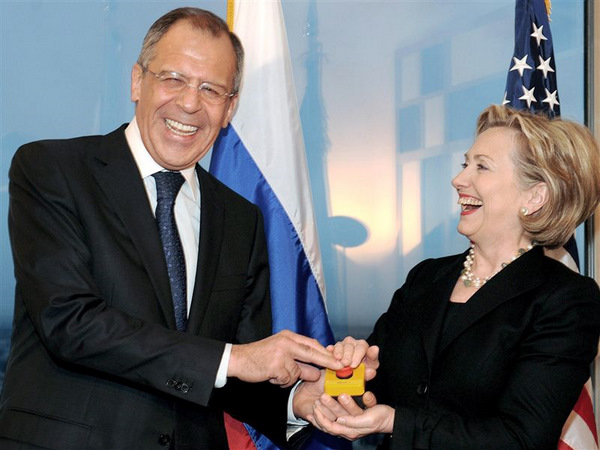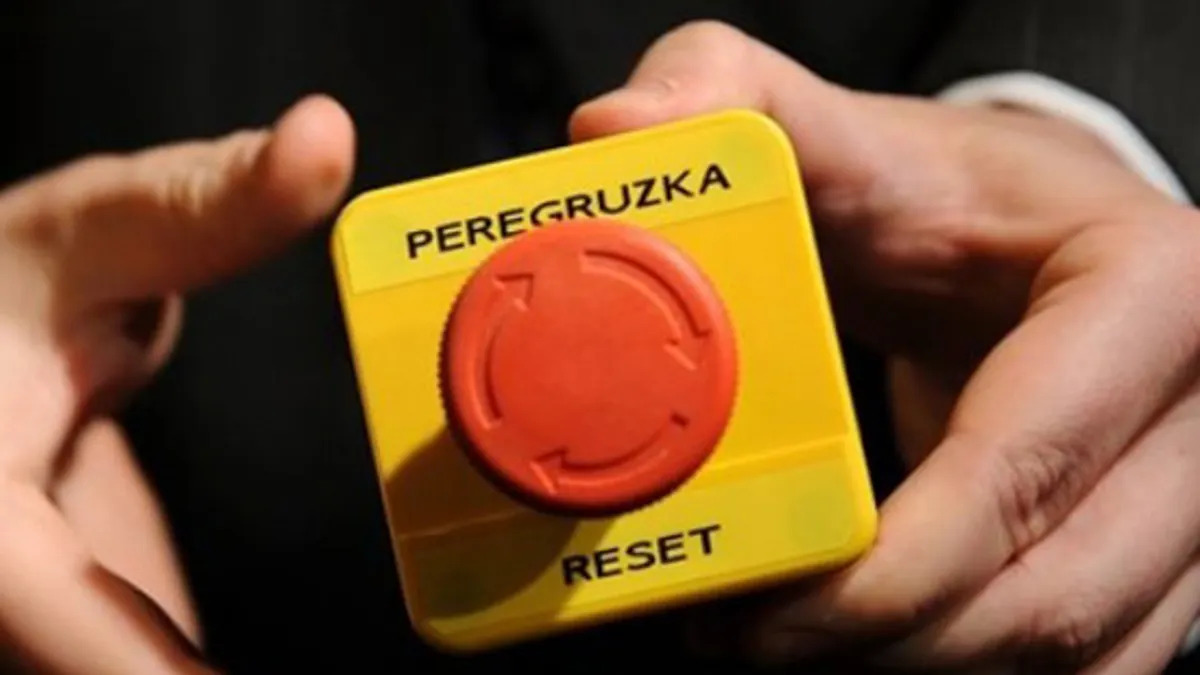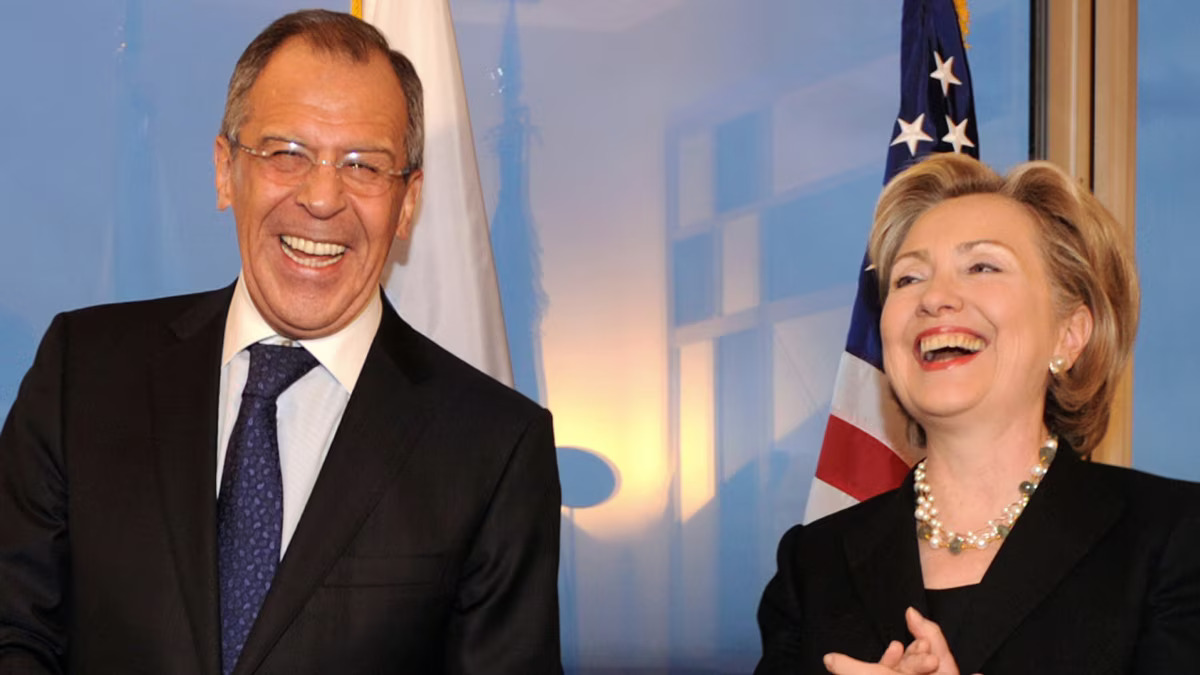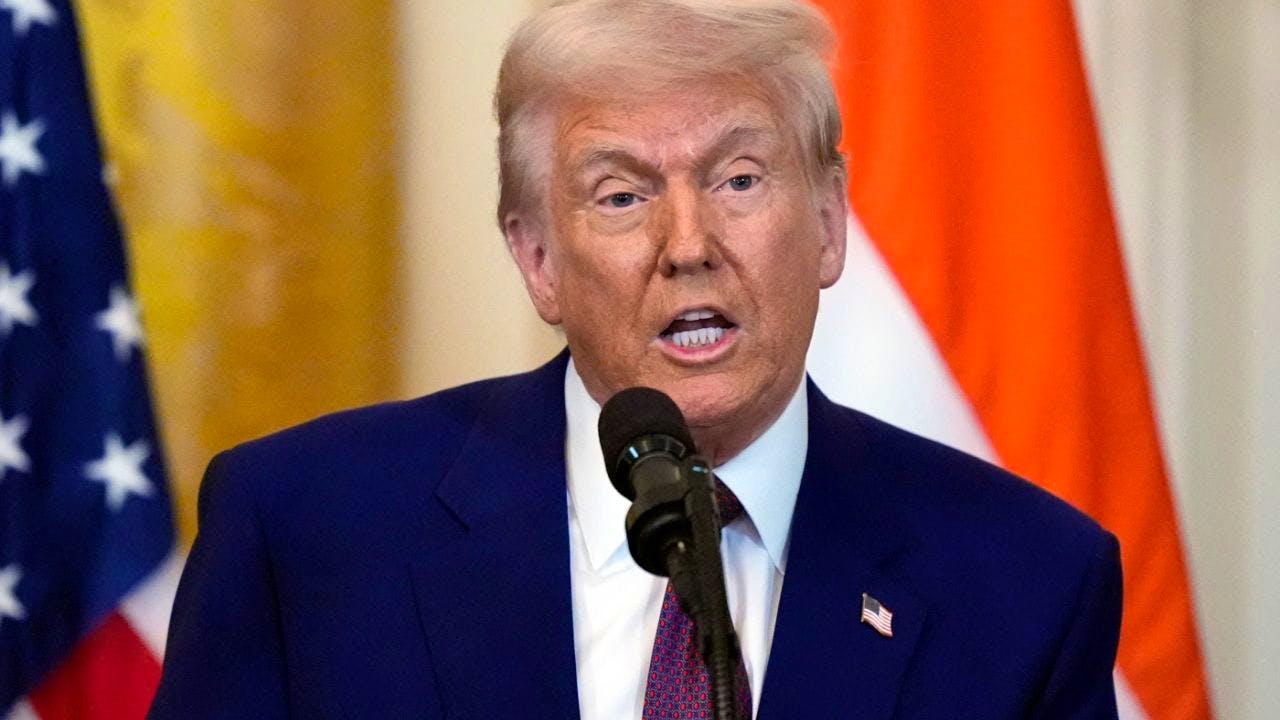
If you have been wondering since 2016 how the deep state and the Democratic Party, have been able to line up in such exquisite ways, their operations aimed at destroying populism, embodied by Mr. Trump and definitively to anchor their power, for a single party state in America, for the presumably, an eternity, it is because an inexhaustible source of money, from the taxpayers that had been poured, into countless non-governmental organizations. Thus creating a ghost, public service of militants for the Democratic Party, which was perfectly based, in the major agencies in charge of the many allegedly, important government agencies.
Money has been bleached through multiple layers of these organizations and their sub organizations to finance color revolutions, instigate law fare, electoral fraud, propaganda, censorship, career cancellation, medical emergencies, open borders initiatives and other totalitarian stratagems, while enriching political actors, from the entire political strata. Members of congress, multi millionaire senators, the thousands of NGO civil servants, winning six digit wages, to include street crooks like Patrisse Cullors of Black Lives Matter, the “anti racist” racist, Ibram X. Kendi with his anti racist, research center of $50 million, at the University of Boston, (recently abolished) and of course, in the end, the Former Potemkin president, Joe Biden and his family.
It was all this money that led to eight years of sponsored madness. Mainly, it allowed the Democratic Party, to keep its hands firmly on the levers of power, so that nothing could be done against the insults and the injuries, that it inflicted on our country. It is no mystery, that no one was prosecuted, for having set fire to the cities in 2020. Neither was it by magic, that millions of additional “Joe Biden” votes, appeared out of thin air, that year, or the setting up, of the bribery machine, between Ukraine and Congress. It was that same money which facilitated, the forced lockdowns and tricking the people, to receive a poor quality vaccine.
Pam Bondi will be very busy. The DOGE has uncovered a government racketeering operation whose USAID scandal, is only one of the cogs of a colossal scam machinery. What the public, including you, may not appreciate is the extent of planning the action of the DOGE during the past year and the exhaustiveness of the work of its hundreds of 'Informatics (and not just six young prodigies), which have exposed money circuits from previously impenetrable government computers. Their algorithms have pierced the firewalls, revealing decades of fraud and deception.
The members of Mr. Trump's office began to dismantle the machine by getting rid of the employees who set it up and who worked for her. On Thursday, Secretary of State Rubio dismissed all the USAID employees, with the exception of 300 of them out of a total of 10,000. CIA director, Mr. Ratcliffe, proposed to the Set of agency staff, an option of “deferred resignation,” which will allow them to withdraw while continuing to recieve their wages until September. You have to expect pure and simple layoffs. Interim assistant prosecutor Emil Bove ordered the FBI acting director, to end the functions of eight senior FBI officials and asked that there be, a reexamination, of up to 5,000 people, involved in J-6 surveys, (including, presumably, agents who have engaged in abusive deployments of Swat teams).
Many trials have been brought by lawyers to stop it all, but one of the big problems for them is that their gigantic legal costs, hundreds of dollars per hour on the clock, multiplied by X hundred lawyers, were previously paid for by the same NGOs which are now being closed. So one may see exactly how these levers of power worked. The money will have to come from elsewhere, and one doubts that the billionaire of Silicon Valley, who supports the Blobs, Reid Hoffman, wants to waste the rest of his fortune in this case.
Some people will have to be held responsible for all the misdeeds committed by dishonest agencies, for many years. One has to start somewhere. I offer Samantha Power as the first test. She was responsible for the USAID for almost four years, until January 20, 2025, including during the war in Ukraine. She was also personally very busy organizing attempts at color revolutions in Hungary against Viktor Orban, Georgia, Mexico and Brazil. Ms. Power has provided money to NGOs related to USAID to promote instability in many other countries, including ours. She had to be very shocked by the fact that Kamala Harris did not win the 2024 elections. USAID will not pay for the legal representation, for Ms. Power.
Many other things will shock the blobsters and their legions. Although now, when government reform begins, it is comforting to think of all these seditious devoted, woke, Marxists and Jacobin's unable to pay their rent or buy Food products all of a sudden. Payroll checks have stopped arriving for thousands of people who wanted to turn American live upon its head, upside down. This is what happened in the most picturesque way this week, in the business of the false news outfit, called Politico. It turned out, that it was a blob subsidiary. Who would have believed it? Management had to send a memo indicating that journalists and editors would not be paid this week, or perhaps, ever again.
It was also revealed this week, that the Reuters news agency, Associated Press, the New York Times, the Washington Post and around 700 other press bodies in total, had received financial support from the USAID, CIA and other government entities. It should now be understandable, why the voters of the Democrat Party, are so obstinately deceived and disturbed.
In addition to the summary trials brought against the DOGE and the agency chiefs, the reaction to all these corrective measures was surprisingly weak. One could conclude, that they could not bring together the rioters this time, because the money intended for rioters has been deleted. Instead, one has seen a heterogeneous group of political crops. Jamie Raskin, Ayanna Pressley, Liz Warren, Chuck Schumer, Maxine Waters, Jasmine Crockett and Ilhan Omar, crying crocodile tears in front of the USAID headquarters, at 1300 Pennsylvania Ave. They looked like cockroaches after visiting the exterminator.
The reform of our government, which has become obsolete, have barely started. Despite these first powerful actions, there is still more to come. The repugnant underside of the public health agencies which brought you the COVID-19, is also on the agenda. Terrified Democrats, are urgently scheming, to prevent the Patel, Gabbard and RFK confirmations, but even if they are not confirmed, the new administration will place competent people in these positions at the FBI, ODNI and HHS. The Chaos Party should know that it cannot stop the dismantling of this evil machine.
Beyond these grievances is the sense of betrayal, corruption, conspiracy and sedition. It turns out that everything was linked, Russia gate, the Maidan Revolution to include, the same cast of characters, all involved, in these harmful events. Perhaps we will see challenges and reversals of some of the preventive pardons issued by the Joe Biden regime coming before the Supreme Court. This is an ongoing investigation of massive government corruption and fraud. Once again, AG Bondi, will ha








 For the second time in as many days, US Vice President, J. D. Vance warned the EU Commission about their attacks on the US first amendment. It was refreshing to watch, since the US Constitution, The Bill of Rights and the first amendment, have been under attack by the Democrats in state capitals as well as in the US Congress itself.
For the second time in as many days, US Vice President, J. D. Vance warned the EU Commission about their attacks on the US first amendment. It was refreshing to watch, since the US Constitution, The Bill of Rights and the first amendment, have been under attack by the Democrats in state capitals as well as in the US Congress itself.